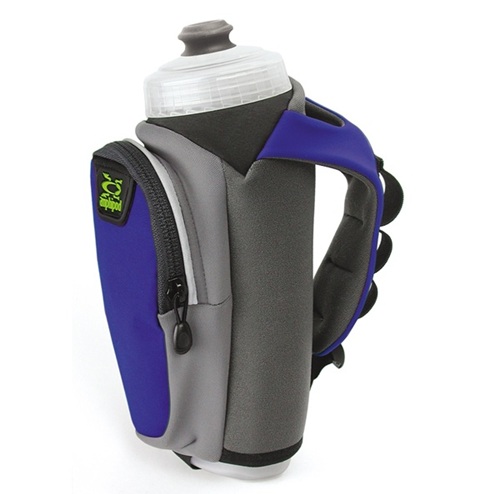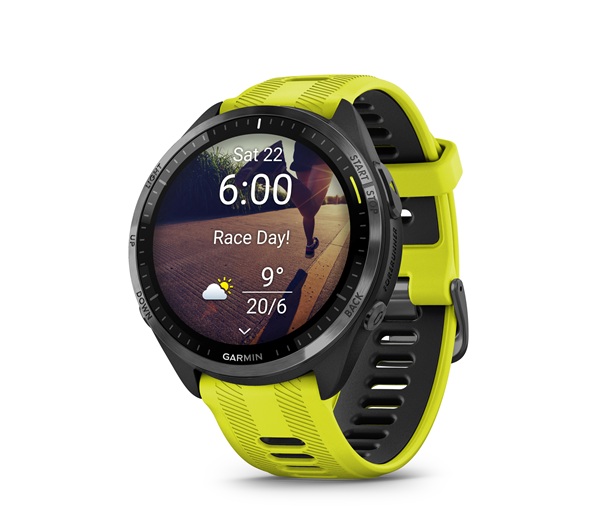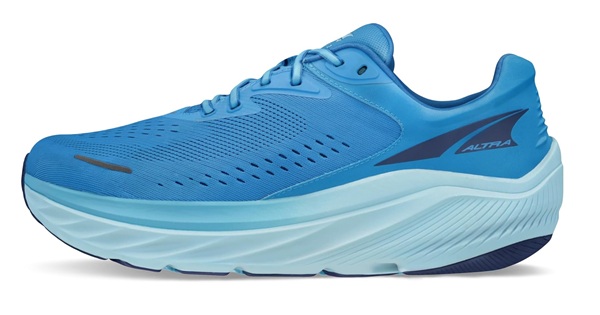Many years ago, I decided to train for a half-marathon because I wanted to achieve something that no one could take away from me.
Granted, at that time in my life — I was almost 50 — I already had plenty of achievements to celebrate: a long marriage, two great kids, and several career highs. But none of those were physical challenges. I wanted to know how far I could push my aging body.
That was in 2015. After an injury ended one half-marathon attempt and a few other tries included long stretches of walking, I finally ran those 13.1 miles in 2022.
I might have reached my goal sooner had I utilized the following tips.
Clear Space
Of all the obstacles aspiring half-marathoners face, none is greater than time. Training time, that is, not race time. “When you decide to run a half-marathon, you’re deciding to commit to the time needed to train for bigger miles,” says Anna Zelinske, president of St. Louis Track Club. “Toward the end of your training, you’ll be doing 10- to 12-mile runs a few times a week. If you don’t adapt your training plan to your life, it won’t be sustainable.”
Partner Up
A running partner will motivate you, hold you accountable, and keep you company on the road. But what if you don’t have a running partner? Mark Spewak, owner of Spewak Training in St. Louis, recommends going online at that point. “The app and website Strava, which is like Facebook for runners, is a good place to meet other runners in your community,” Spewak says. “In St. Louis, you can also find local running groups, like Dogtown Running Club or Three Run Four.”
Elevate Your Nutrition
Many would-be half-marathoners ignore a huge aspect of the process: fuel. “Even people who are great at following a training program often fall short with their nutritional needs,” says Heidi Williams, a dietitian and owner of Real Nutrition & Fitness in Clayton, Missouri. “If you’re running for an hour or less, fluids and electrolytes are sufficient, but on longer runs, you need to consume 30 to 60 grams of carbohydrates an hour.” Post-run, consume extra fuel (e.g., protein and carbs) to recover and prepare for your next run. On non-running days, increase your carb intake.

For many runners, the 13.1-mile distance of the half-marathon is a manageable challenge. (Tong Su/Unsplash)
Build a System
Life happens, whether you’re training or not. That’s why you need a training system that allows for stressors, unexpected time commitments, illnesses, and other interruptions. Zelinske cites Atomic Habits author James Clear: “You don’t rise to the level of your goals; you fall to the level of your systems.” Another idea from Clear: Embrace the struggle. “Overcoming setbacks and running longer distances will help you push back on the ‘culture of convenience’ and prepare for any life challenge,” Zelinske says.
Reframe Challenges
When you do have a setback, don’t beat yourself up over it. Spewak notes that changing how you think can make a big difference. “It’s good to reflect in those tough moments,” he says. “Ask yourself, ‘Where is my disappointment coming from? Am I being realistic? Is my disappointment even related to my training?’ Once you’ve identified the source, it will be easier to focus on the work that comes after the disappointment instead of the circumstances that contributed to it.”
Know Your Race
You’ll want to familiarize yourself with the race route, but you also need to know other details. For instance, some races have cut-off times, so you’ll want to be aware of these and stay ahead of them. Other races may have limited aid stations. “If a race offers only one gel or bottle of water on the course, it doesn’t mean that’s all you need,” says Williams. “It means you have to bring more with you to reach those 30 to 60 grams of carbs each hour.”
Celebrate Your Wins
Two million people complete half-marathons each year, which is about twice the number who complete full marathons. But don’t let these numbers diminish your achievement. By preparing for and finishing a half-marathon, you have met countless small goals on the way to your big goal. “Remember all the growth that has gone into your training,” says Spewak. “You’re a winner long before you even hit the start line.”
***
Gear Up
Three items for your half-marathon pursuit.

(Amphipod)
Handheld water bottle
You might want one for race day. You’ll definitely want one for training. Consider Amphipod’s Hydraform Ergo-Lite Ultra. Its design reduces hand cramping, and its pocket has space for keys, ID, and cash.

(Garmin)
Smartwatch
A smartwatch is by no means a necessity, but it can help. Take a look at Garmin’s offerings, like the Forerunner 965, which has training plans, daily suggested workouts, running metrics, and recovery insights.

(Altra)
Running shoes
Choosing a running shoe is personal. Talk to other runners to get their input. Then find a store that will let you test-drive a few pairs. One option: zero-drop running shoes, which encourage a more natural foot position and can strengthen your feet.
Author: Tim Fox is a contributor to Terrain.
Top image: Miguel A. Amutio/Unsplash


Leave A Comment